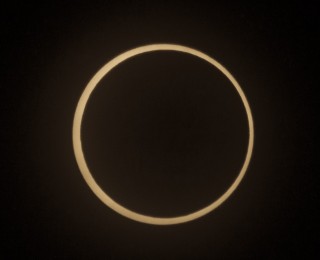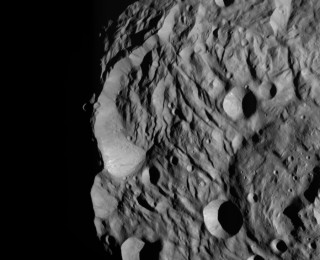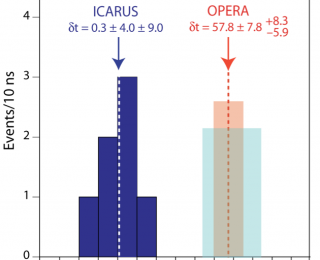
by Elizabeth Lovegrove | May 28, 2012 | Current Events, Personal Experiences
It would require my weekend. It would require seven hours of driving each way and at least two tanks of gas. It would probably require – ugh – camping. But I could finally see a solar eclipse.

by Elizabeth Lovegrove | Apr 29, 2012 | Current Events, Guides
A coalition of willing billionaires, spaceflight professionals, and scientific advisors under the banner of Planetary Resources have announced their intention to go out there and mine themselves some asteroids. Are they serious? What’s going to happen? What does it mean for astronomers and planetary scientists? What contributions will the scientific community make, and what data do we stand to gain?

by Elizabeth Lovegrove | Mar 19, 2012 | Current Events, Quick Notes
In our last update on the situation regarding OPERA’s superluminal neutrino measurement, I said that the true test of the result would be whether it stood up to independent verification. Since the controversial result was announced last November, neutrino detector experiments have scrambled to help settle the neutrino time-of-flight with their own findings. Now the first of those independent results has come in, and the outlook looks good for fans of special relativity: the ICARUS experiment, a time projection chamber located in the Gran Sasso tunnel, has made its own measurements of the same CERN beam used by OPERA, and has found no evidence of superluminal velocities.ICARUS is another experiment located in the Gran Sasso tunnel, an Italian facility buried beneath a mountain in the Apennines. Because it’s in the same place as OPERA, it can also make measurements of the beam fired from CERN. Unlike OPERA, which measures neutrinos by watching for flashes in photoscintillation material, ICARUS is a time-projection chamber. Time-projection chambers are a modern upgrade of bubble chambers, using a large cryogenic target volume (in this case, liquid argon) gridded with electronic detectors that pick up the signatures of collisions. Using this method, ICARUS looked for neutrino interactions from the widely-spaced beam that CERN switched to in late 2011. The long spacing between brief pulses – 3 ns bursts separated by 524 ns – makes it much easier for the experiments on the other end to be sure of the timing, because it’s clear which origin pulse each neutrino belongs to.According to relativistic theory, neutrinos should be moving extremely quickly because they have such small masses....
by Elizabeth Lovegrove | Mar 5, 2012 | Guides
I like Cracked. You probably do too. But like that old adage that every newspaper story is true except for the ones for which you happen to have firsthand knowledge, I found their recent article on 6 Real Planets That Put Science Fiction To Shame to be . . . lacking. Not lacking in funny, or facts, but lacking in my favorite planets, and some of the weirdest specimens the universe has yet to offer up. So, without further ado, here are 6 more real planets (plus a bonus) that any sci-fi editor would have rejected as “too out there” just a few decades ago.
by Elizabeth Lovegrove | Feb 23, 2012 | Current Events
Yesterday, after rumors surfaced on the Science Insider blog that OPERA’s startling superluminal result had been traced to a faulty cable, the collaboration sent out a press release stating that they had uncovered two previously unaccounted-for errors. Astronomers in particular have been skeptical of OPERA’s results based on an event that, coincidentally, occurred exactly 25 years ago today: the arrival of the neutrino pulse from Supernova 1987A. SN1987A is the closest supernova ever observed in modern times and still the only one for which we have detected the associated neutrino pulse, and it bloomed this night 25 years ago in the Large Magellanic Cloud.



